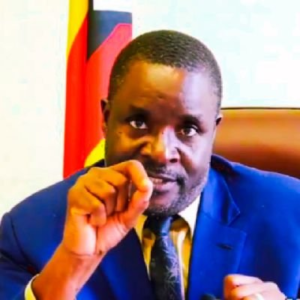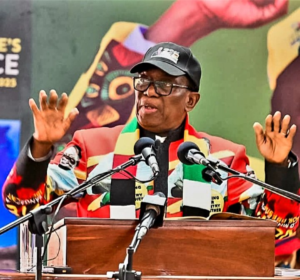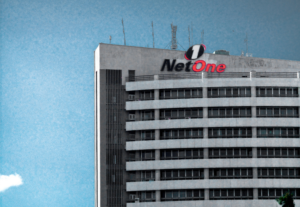THE ILLUSION OF PEACE: ZIMBABWE’S CLOAKED CRISIS
In the corridors of power within Zimbabwe, a bewildering narrative persists, celebrated by the ruling elite as an achievement of maintaining peace across the nation with the assistance of its security forces. This claim, however, stands in stark contrast to the lived realities of its citizens, presenting a scenario that can only be characterized by egregious denial or a profound detachment from the truth.
The disparity between the proclaimed tranquility and the actual state of affairs in Zimbabwe is poignantly depicted in Oliver Mtukudzi’s emotionally charged music video, ‘Tozesa Baba’. The video showcases a narrative far removed from peace; a wife trembles in fear at her husband’s return, a vivid portrayal of domestic turmoil that metaphorically mirrors the nation’s unrest. This scenario, devoid of physical violence yet saturated with intimidation and control, challenges the ruling elite’s assertion of peace and tranquility.
Despite the absence of graphic violence, the video illustrates a household – and by extension, a country – under the grip of fear and oppression. The situation in Zimbabwe, as described by the ruling elite, ostensibly lacks the crisis of physical conflict; however, the pervasive climate of repression, brutality, and injustice speaks volumes of the true crisis at hand.
Renowned figures like Baruch Spinoza and Albert Einstein have articulated definitions of peace that transcend the mere absence of war, emphasizing virtues such as benevolence, justice, and order. These insights beckon the question: Can the situation in Zimbabwe genuinely be described as peaceful when justice is conspicuously absent, and the government’s actions breed an environment of fear and suppression?
The narrative of peace propagated by the Harare administration is a facade, concealing a reality of state-sponsored repression, including abductions, torture, sexual abuse, and arbitrary arrests of citizens. The regime’s response to dissent and opposition is marked by threats, insults, and the ominous presence of military forces under the guise of enforcing COVID-19 protocols, further eroding the semblance of peace and justice.
The history of violence, marked by the killing of unarmed protesters by security forces in recent years, lingers in the collective memory of Zimbabweans. This history, coupled with the ongoing threats and abuses by the state, underscores a profound crisis that belies the elite’s claims of peace.
Zimbabwe’s crisis extends beyond the absence of physical violence; it encompasses emotional, economic, and sexual abuses that have become tragically commonplace for its citizens. The ruling elite’s indulgence in opulence starkly contrasts with the dire conditions faced by the majority, who suffer from hunger, poverty, and a lack of basic necessities.
In conclusion, the narrative of peace and tranquility in Zimbabwe, as espoused by the ruling elite, is a disingenuous and dangerous illusion. The reality on the ground – characterized by fear, repression, and injustice – paints a grim picture of a nation far from peaceful. It is a stark reminder that true peace is not merely the absence of war but the presence of justice, order, and the well-being of all citizens. As Zimbabwe grapples with these challenges, the international community and Zimbabweans alike must confront and address the deep-seated issues that plague the nation, seeking a path toward genuine peace and justice for all.




